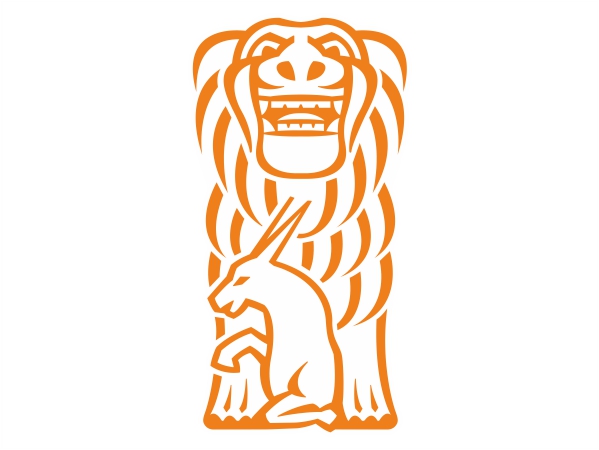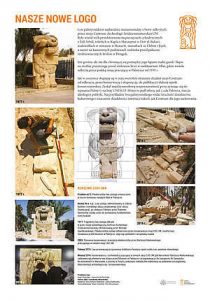The lion is widely recognized as a symbol of strength and dignity, and this aspect of its meaning remains similar throughout the whole area of PCMA activities, regardless of the culture and period in question. It is therefore well-suited to stand for an institution with a scope of work covering parts of three continents and several millennia.
Over the years, PCMA archaeological missions working in different countries in the, broadly understood, eastern Mediterranean discovered a number of lion images. They were etched in hieroglyphic inscriptions on the walls of the Temple of Hatshepsut in Deir el-Bahari (Egypt), painted on glazed ceramics from the Islamic period in Alexandria (Egypt), painted on walls in the mithreum at Hawarte (Syria), carved on Bronze Age cylinder seals from Tell Arbid (Syria), on Byzantine-period mosaic floors from Chhim and Jiyeh (Lebanon) and sculpted on the supports of a stone bench in a palatial building at Old Dongola (Sudan). Yet the Lion of Palmyra is both the most monumental and the most extraordinary. Although it looks fierce, with its bared teeth and powerful claws, there is a small gazelle resting between its front paws. It does not fear the beast, because it is there as a guardian – as attested by an inscription warning against bloodshed, carved on one of the Lion’s paws.
Another thing that makes the Lion of Palmyra so exceptional for the PCMA, is how the sculptures’s history is linked to that of our institution. It was discovered in Palmyra – one of the first sites excavated by PCMA archaeologists. Work at the site, directed by professor Kazimierz Michałowski, commenced in 1959, the year that the PCMA was founded. Fragments of the sculpture were discovered by the PCMA mission, restored by its conservator and displayed in front of the Palmyra Museum, becoming an internationally recognizable hallmark of this UNESCO Heritage site.
All this makes it a perfect reflection of the whole archaeological process involved in the work of PCMA missions: from discovery, through documentation, scientific publication, conservation and site management. Modern turbulent history of the region has recently added another chapter to the Lions’s biography: destruction by fundamentalists in 2015, and a hurried rescue operation by PCMA conseravatiors and archaeologists a year later, resulting in the battered remains’ removal to a, hopefully, secure location. The latest events underscore the fragility of the ancient heritage painstakingly uncovered by archaeologists, and the important role of such institutions as the Polish Centre of Mediterranean Archaeology, University of Warsaw, in its preservation.


